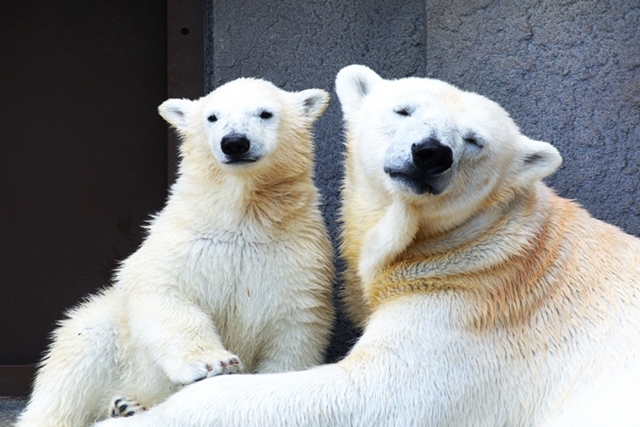YouTube is fun, isn’t it?
These days, many people—myself included—find themselves reaching for YouTube more often than the TV.
And now we have AI tools like ChatGPT, which are quickly becoming essential parts of daily life. Of course, I also use it.
But one day, a thought crossed my mind:
“Just how much electricity powers all this convenience?”
So I looked into it—and what I found shocked me.
Behind the everyday digital services we rely on, there’s a hidden trail of CO₂ emissions.
And the amount? Much higher than I imagined.
The invisible cost of one hour online
For example, watching YouTube for just one hour produces as much CO₂ as burning 3–4 plastic bottles.
ChatGPT for one hour? Nearly 10 bottles’ worth.
Scrolling through TikTok or Instagram also quietly—but surely—adds to the carbon in the air.
And remember—this is just for one person, in just one hour.
You don’t feel it in your hands, but somewhere far away, electricity is being used,
water is consumed to cool servers,
and CO₂ is quietly being released into the atmosphere.
What happens if we don’t slow down?
AI will keep evolving, and more people will use it—it’s inevitable.
Soon, we may reach a point where AI alone consumes as much electricity as an entire nation.
And when that happens?
・Massive surges in CO₂ emissions
・Power demand that outpaces renewable energy
・Data centers straining local power supplies
Which would mean falling back on fossil fuels.
And that would accelerate climate change—creating a destructive loop we can’t easily escape.
So what happens if the Earth warms by 1.5℃?
・More countries will face extreme 40℃ heat as the new normal
・Heavy rains, typhoons, and tornados will become yearly disasters
・Crops will suffer, food prices will spike
・Mosquito-borne diseases like malaria and dengue will spread
And it won’t stop there.
What about the polar bears?
・As the ice melts, more of them starve because they can’t hunt
・At 1.5℃ of warming, most of their natural habitat disappears
・At 2℃, even natural reproduction becomes nearly impossible
More and more species will lose the ability to choose life at all.
That 1.5℃ threshold?
At our current pace, we’re set to reach it by around 2030—just 5 years from now.
It sounds hopeless. But it isn’t.
You might think,
“What can one person do?”
I felt that way too.
But there is something we can do—at the individual level.
And it’s not even that difficult.
What if 3% of us took one hour off?
According to calculations with GPT:
The world has about 5.3 billion internet users (as of 2024)
If just 3% of them—around 160 million people—took a one-hour break from the internet (streaming, AI, browsing, etc.):
We’d save:
💡 39.75 million kWh of electricity
🌱 17,490 tons of CO₂
💧 Enough cooling water to fill 28 Olympic swimming pools
Do that every day for a year?
We’d cut 6.38 million tons of CO₂—
Roughly the same as cancelling over 6 million medium-distance flights.
(Think London to Madrid, or New York to Dallas—flights that happen every day, everywhere.)
But even smaller steps count.
Yes, 10% might need global coordination.
But 3%?
That’s a goal we can realistically reach through our own choices.
It doesn’t have to be a full shutdown. Try things like:
・Grouping your ChatGPT messages to reduce server calls
・Using AI intentionally, not aimlessly
・Pausing before that endless scroll on social media
This isn’t about quitting.
It’s about using digital tools wisely.
AI and the internet aren’t the enemy.
But I think that awareness is now part of responsibility.
So maybe—just maybe—
we could use that one hour not to scroll, not to search…
but simply to be here.
To breathe. To look up. To live in this very moment.
Just pause. Be still.
Ask yourself:
“Do I really need to open this app right now?”
That small moment of awareness—
might just help protect the future we all share.


